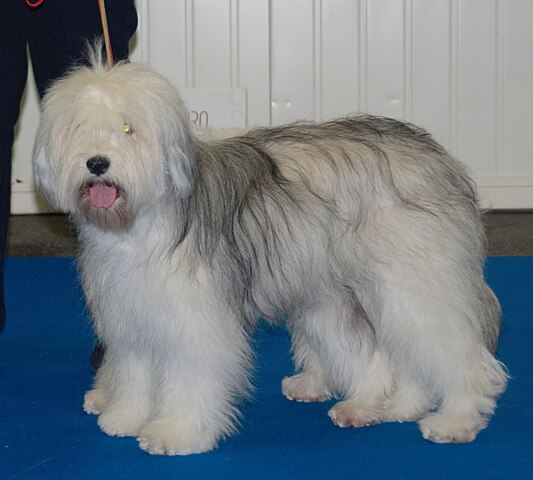The Russian Toy is one of the smallest breeds in the world – the standard states they should never weigh over six pounds. But what these dogs lack in size they make up for in personality! These cheerful lap dogs have a definite sense of humor and enjoy making people laugh. While they aren’t likely to make a good guard dog (for obvious reasons) they still make fine watchdogs and will let their owners know when someone has arrived. This was actually one of their original jobs, along with ridding the property of rats. Like many other tiny breeds, they are often described as a big dog in a small body”.
The Russian Toy comes in two coat types – long and smooth, and neither one is considered high maintenance. For each variety, a quick bath every week or two takes very little time to do, and each coat is considered to be low-shed. The long coat does require a little more brushing, in particular special attention to the long ear fringes, but it is a relatively easy job. When it comes to temperament, of the two coat varieties the smooth tends to have more of a terrier-like personality.
While the uneducated may feel that a dog of this size doesn’t have talents beyond their cute looks, nothing could be further from the truth! The Russian Toy can make an exceptional therapy dog, competitor in dog sports such as trick dog, coursing, rally or agility, or even a service dog if given the right training. They definitely have a will to please, and these intelligent dogs often learn very easily. This said, their terrier background means that they can tend toward stubbornness, as well as a domineering nature if not given rules. Obedience is necessary! Take advantage of the fact that they love attention – use it to your advantage when training!
Russian Toys are a people-breed that thrive when they are around their owners. Exceptionally playful, they particularly enjoy games when their owner participates. This said, while they are lively, it is not a “bouncing-off-the-walls energy level” and they are quite content to sleep for extended periods when their owners are nearby. They do not make good pets for those who work for long hours. These affectionate dogs are considered to be very loyal little companions who need to be nearby their people. With strangers, they may be a little aloof until they get to know the person better. 
Although they know how to nap when things get quiet, these dogs do need regular exercise. Without a physical outlet, they will have excess energy in the house. Even though this is a tiny breed, do not neglect a daily walk (or at least a good romp in the yard)! Exercise is important, not only for the physical necessity, but also because this breed should have early and continued socialization. Doing so will ensure that he will develop the correct temperament for the breed – with no shyness or aggressiveness. While Russian Toys are fairly adaptable and can live in apartments if necessary, be aware that some can be fairly vocal.
The Russian Toy’s tiny size means that he generally gets along well with cats, however the flip-side of his size means he may be a bad match for families with small children or large, rough dogs. His tiny body means he can easily get hurt. Another consideration for a dog of this size… if an owner lives in a home near hawks or other birds of prey, he really shouldn’t be left outside by himself. He could easily get picked up by an airborne predator, or even a coyote or other land-predator in an un-fenced area! He can live with other dogs of similar size, but he may try to take on the position of alpha (which may or may not be an issue).
The average age of the Russian Toy is 12-14 years, with many living well beyond that. This rare breed doesn’t have too many health problems, although a prospective owner should make sure that a future puppy’s parents have been screened for patellar luxation, had an eye exam, and have had a periodontal disease evaluation. Owners may be surprised to learn that both coat varieties are often bred together, and this is not a red flag but normal breeding practice.



